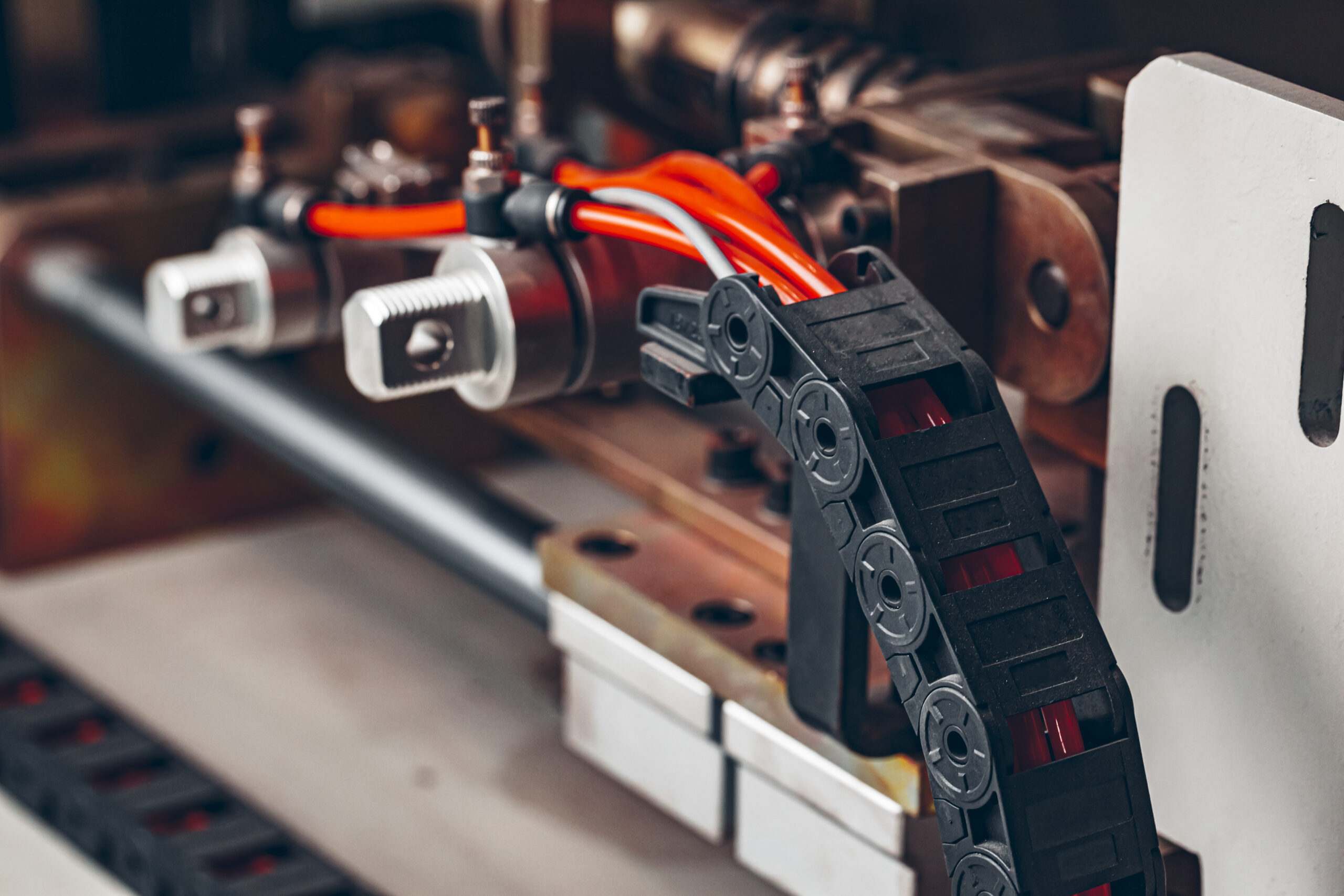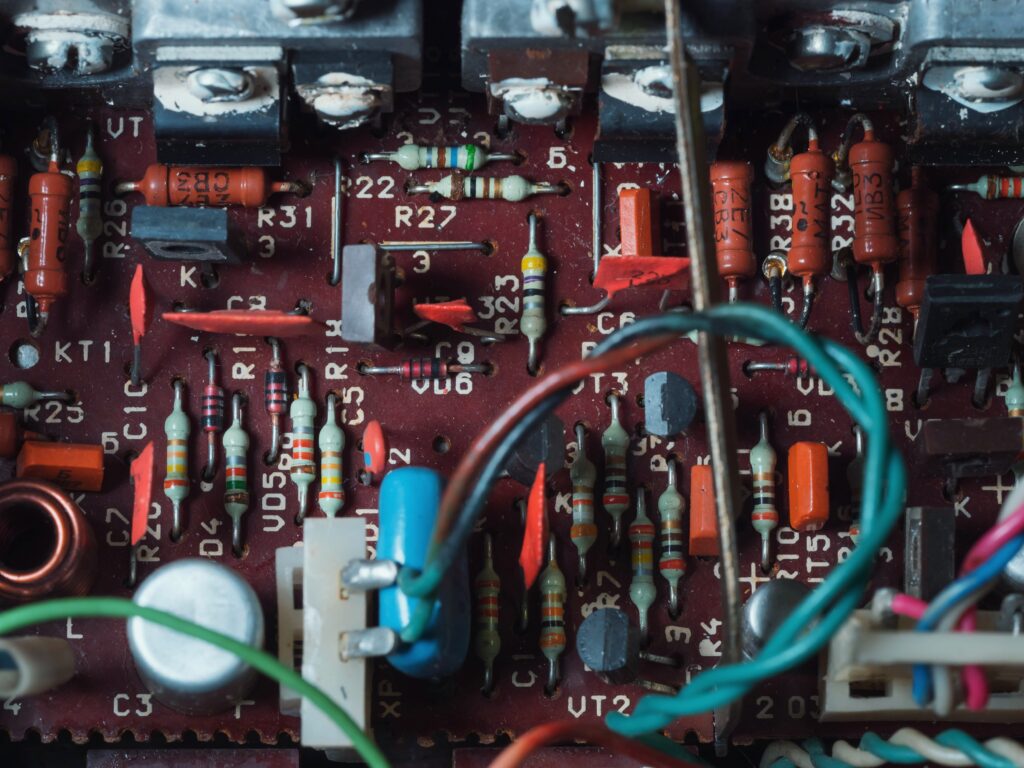Common ESD Questions Answered
Electrostatic Discharge (ESD) can pose significant risks in environments handling sensitive electronics. To mitigate these risks, it’s essential to have a robust ESD control program in place. Below, we address some of the most common questions surrounding ESD and offer guidance on how to manage it effectively.
1. How Much Static Control Is Enough for My Company?
No two companies require the same static control program. The first step is identifying the most sensitive component or device handled by your business. Manufacturers’ documentation often provides this information. If sensitivity levels are uncertain, the ESDA suggests designing a program around a 100-volt Human Body Model and a 200-volt Charged Device Model.
Once sensitivity is determined, ensure your personnel and equipment are incapable of generating harmful static levels. This involves measures like grounding personnel, equipment, and other workplace elements to eliminate static risks.
2. What Is an ESD Protected Area (EPA)?
Before we answer this, let’s define an ESD Protected Area (EPA). An EPA is a designated area where static-sensitive components are handled, stored, or worked on. Within this area, ESD risks are minimized through control measures such as grounding surfaces, using conductive or dissipative materials, and ensuring personnel practice safe handling techniques. It’s essentially a “safe zone” for protecting electronic equipment from the dangers of Electrostatic Discharge.
Common Examples of EPAs:
- Receiving Areas: Where sensitive components enter the facility.
- Kitting & Assembly Zones: Where components are organized and assembled into products.
- Test Areas: Where devices are verified for function.
- Rework Stations: Where repairs are conducted on failed components or assemblies.
Establishing and maintaining EPAs in all areas where ESD-sensitive devices are present is critical for preventing damage. By keeping these zones free from uncontrolled static charges, companies drastically reduce product defects and latent failures.
3. What Is Grounding, and Why Is It Important?
To understand why grounding is critical, we must first grasp what grounding means. In the simplest terms, grounding ensures that all conductive objects in an area are at the same electrical potential. This prevents the buildup of static charges, which, when discharged, can damage ESD-sensitive components. In an EPA, grounding is the foundation of any static control program.
Why Grounding Matters:
When personnel or equipment in an EPA are at different electrical potentials, static discharge can occur even with tiny movements, such as rubbing shoes on the floor. This discharge, though sometimes undetectable to humans, can damage electronics and cause either immediate catastrophic failures or latent defects. Grounding eliminates this risk.
Grounding Techniques:
- Personnel Grounding: Wrist straps and ESD shoes provide a direct connection to the ground, allowing charge to dissipate safely.
- Equipment Grounding: Tools, machinery, and workstations must also be grounded via dissipative mats or copper wires.
- Worksurface Grounding: Using properly grounded mats ensures that static charges are neutralized during work.
Good grounding practices create a static-free environment where sensitive electronic components can be safely handled without risk.
4. Understanding Material Properties: Conductive, Dissipative, or Insulative
Materials used in any workspace play a major role in ESD management. Let’s first classify these materials based on their ability to conduct or resist electrical charges. This classification ensures clarity when discussing which materials to use in an EPA.
Definitions:
- Conductive Materials: Allow electric current to flow quickly and freely. These materials are highly efficient at discharging static but must be correctly grounded to prevent unintended consequences.
- Dissipative Materials: Control the rate of static discharge, allowing it to flow slowly into the ground. This is ideal for sensitive devices, as excessive discharge speeds could still cause issues.
- Insulative Materials: Resist the flow of electrical current, holding static charge. Plastics are a common example. Insulative materials pose the greatest risk inside EPAs because they cannot neutralize or ground charges.
Importance in an EPA:
Using the right materials ensures charges are neutralized effectively in an EPA. Whenever possible:
- Replace insulative materials with dissipative or conductive alternatives.
- Use them in conjunction with grounding techniques to create a completely static-free environment.
By understanding how materials behave, companies can make informed decisions about the tools, surfaces, and packaging materials they use.
5. What Does “Antistatic” Mean?
Antistatic refers to a material’s ability to resist the generation of static, but it’s not an actual measurement of resistance. Commonly, antistatic materials are low-charging, meaning they generate less than 100 volts of static. While they won’t completely prevent static buildup, they significantly minimize it.
6. Catastrophic Failures vs. Latent Failures
When assessing damage caused by ESD, failures are classified as either Catastrophic or Latent:
- Catastrophic Failure: Detected immediately in production or testing. These are easier to address before reaching customers.
- Latent Failure: Occurs after the product is shipped and operational. These are often the costliest failures due to customer dissatisfaction and additional administrative processing.
Preventing latent failures with an effective ESD program is key to maintaining customer trust.
7. Conductive Casters vs. Drag Chains: Which Is Better?
For mobile equipment like carts or chairs within an EPA, grounding becomes challenging. This is where grounding mechanisms like drag chains and conductive casters come into play. Let’s first define these two mechanisms before comparing their effectiveness.
What Are Drag Chains?
Drag chains are flexible connectors that maintain contact between a cart and the grounded floor. A chain typically hangs from the bottom of a cart, ensuring a path for static electricity to travel from the cart to the ground.
What Are Conductive Casters?
Conductive casters are wheels made of low-resistance materials that create continuous contact with the grounded floor. These wheels provide a direct path for charge dissipation without relying on external elements like chains.
Comparing the Two:
- Drag Chains: While inexpensive, they can fail due to uneven weight distribution, poor contact with the floor, or contamination. They are also ineffective on floors with high resistance.
- Conductive Casters: These offer a more reliable option for grounding mobile equipment. However, they require occasional cleaning to ensure proper conductivity, as debris can disrupt performance.
Conclusion:
While both methods can work in certain situations, conductive casters are generally more reliable and practical. Their continuous contact with the floor ensures better protection against static buildup when handling sensitive equipment.
8. How to Identify and Manage Insulators
Insulators, like plastics and tapes, cannot be grounded and can generate static in your EPAs. Managing insulators is necessary to minimize static risk.
Guidelines for Insulators:
- Remove non-essential insulators from the work area.
- For insulators generating more than 2,000 volts, maintain at least 12 inches of distance from sensitive components.
- Replace process-essential insulators with low-charging alternatives, such as ESD-safe tapes.
- Consider using ionization to neutralize charges on essential insulators that cannot be moved or replaced.
9. The Role of Training & Awareness in ESD Prevention
A robust ESD control plan isn’t complete without proper training and awareness. Employees should be taught:
- What ESD is and how it occurs.
- Potential damages caused by ESD and its associated costs.
- Procedures to prevent static buildup in the workplace.
Tip: Reinforce training by posting signs throughout the EPA and employing visual reminders of ESD best practices.
Ready to Enhance Your ESD Program?
If your company is ready to improve its ESD mitigation strategies, Contact Restronics for ESD services. From static control training to audits and equipment recommendations, Restronics can help you establish and maintain a safe ESD-protected environment.
Contact Restronics today!
